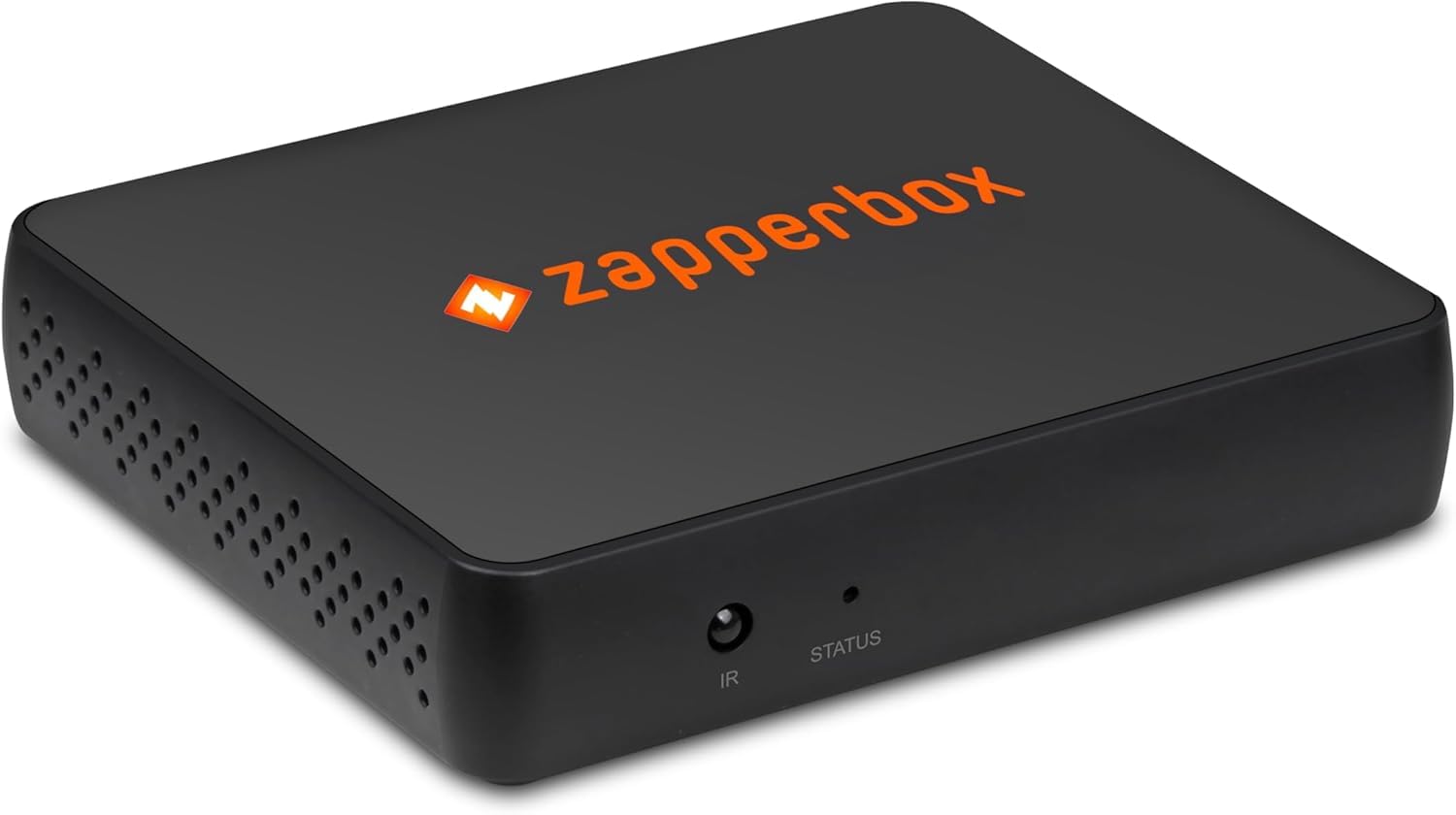Production systems
The theme of NAB2001 was markedly different than its predecessor. Last year, the focus of the show was digital technology products with a strong emphasis on streaming and Internet-related infrastructure. While the ever-present digital evolution remained front and center at the show, and streaming technology was back, NAB2001 focused on maximizing functionality across multiple technology platforms. As most major broadcasters are evaluating some form of multicasting or multiple-signal strategy, equipment manufacturers are developing the next generation of technology to improve efficiencies and support these expanded operational requirements. In particular, in response to the growing need for SD and HD production, systems that support simultaneous capabilities were widely displayed at the show.
Among these was Grass Valley Group's updated Kalypso production switcher. The new version of the switcher supports resource sharing between multiple frames so that both SD and HD platforms can run off the same console simultaneously. In addition, an SD frame can be split across two geographically separate locations. The frame can be configured to support up to four levels of mix effects and utilizes the GVG Flexikey platform. As an example, the frame can be configured to run four distinct Program Out signals from each Mix Effect bus so that a single frame can produce four separate programs from the same core video asset in real time. The Flexikey approach allows the user to select any unused keyer on the board and allocate it for use with any ME bus output. The Kalypso can be configured for 80 inputs and up to 46 program outs.
The Phillips Seraph HD production switcher also supports multiple formats, with 90 HD or SDI inputs a new “Virtual Set” mode. The Seraph supports 720p, 1080i and now 24p. Another production switcher, the Phillips SD, has 62 SDI inputs and incorporates a 3D planar DVE, five distinct layers per ME and six downstream keyers. Phillips also showed its DD 35 compact production switcher with 32 SDI inputs, 3D planar DVE and 52 seconds of RAM storage onboard. The DD 35 supports simultaneous HD and SD production from a single panel.
Sony displayed its MVS 8000 production switcher and the MVE 8000 digital effects system. The switcher is capable of supporting HD and SD formats, can control up to 30 external devices, can be configured with up to four ME buses and utilizes the Sony S Bus to interface with its existing family of router products.
For the live production environment, Ross showed its Synergy series of production switchers, which incorporate 64 SDI inputs, a 2D DVE, an on-board matting device and the ability to simultaneously support 4:3 and 16:9 formats.
In addition to the Digital Glue, DigiBus and Genesis platforms, Leitch showcased its Integrator router systems. This highly configurable system supports both HD and SD and can be sized from 32×32 up to 512×512. The Command Control System offers both Windows- and browser-based applications and allows the user to utilize either serial or Ethernet ports.
DNF showed its remote VTR control systems that are TCP/IP compatible and allow sharing device control across the network.
The professional video industry's #1 source for news, trends and product and tech information. Sign up below.
Vinten launched its AutoCam robotics automation system. The ImageTracker pan-and-tilt system incorporating enhanced virtual set camera tracking technology (Intersense) was also on display.
Pixel Power displayed a range of cost-effective, yet powerful graphics and animation products. The Collage 2 platform supports traditional character generator, paintbox and 2D animations, as well as 3D, real-time graphics. The Clarity CG/paint and still store system supports simultaneous HD and SD production. The Pixel Power Graphite2 CG/graphics workstations' core is based upon a proprietary hardware and GUI, utilizing a pen-and-tablet approach similar in form and factor to competing products. The GUI is clean, unobstructed, and quick to navigate. The Graphite2 family is divided between two product lines: a Graphite2 CG variant (for character generation and still store applications); and a full-featured Graphite2 GX, with full 2D/3D paint and cell animation.
Tektronix unveiled the WFM-700, a Grade-1 HDTV/SDTV Waveform Monitor/Vectorscope. The WFM-700 utilizes a new color display and a menu system familiar to VM-700 operators. The WFM-700 was shown with both SD and HD input signals, and displayed screen resolution suitable for accurate camera shading, a shortcoming of the prior product. Additionally, the WFM-700 displayed a freeze capability, allowing overlay and comparative measurements within the waveform, vector and eye pattern displays.
Certainly of interest at this year's NAB was who allegedly did or didn't attend. It should be noted that for all the discourse, the NAB convention enables all facets of the broadcast industry to come together — one place, one time. This convergence enables both physically and technologically diverse disciplines to exchange ideas and advances. It is this exchange that shapes the future of the industry for attendees and exhibitors alike.
David Higgins is the director of project development for The Systems Group.
